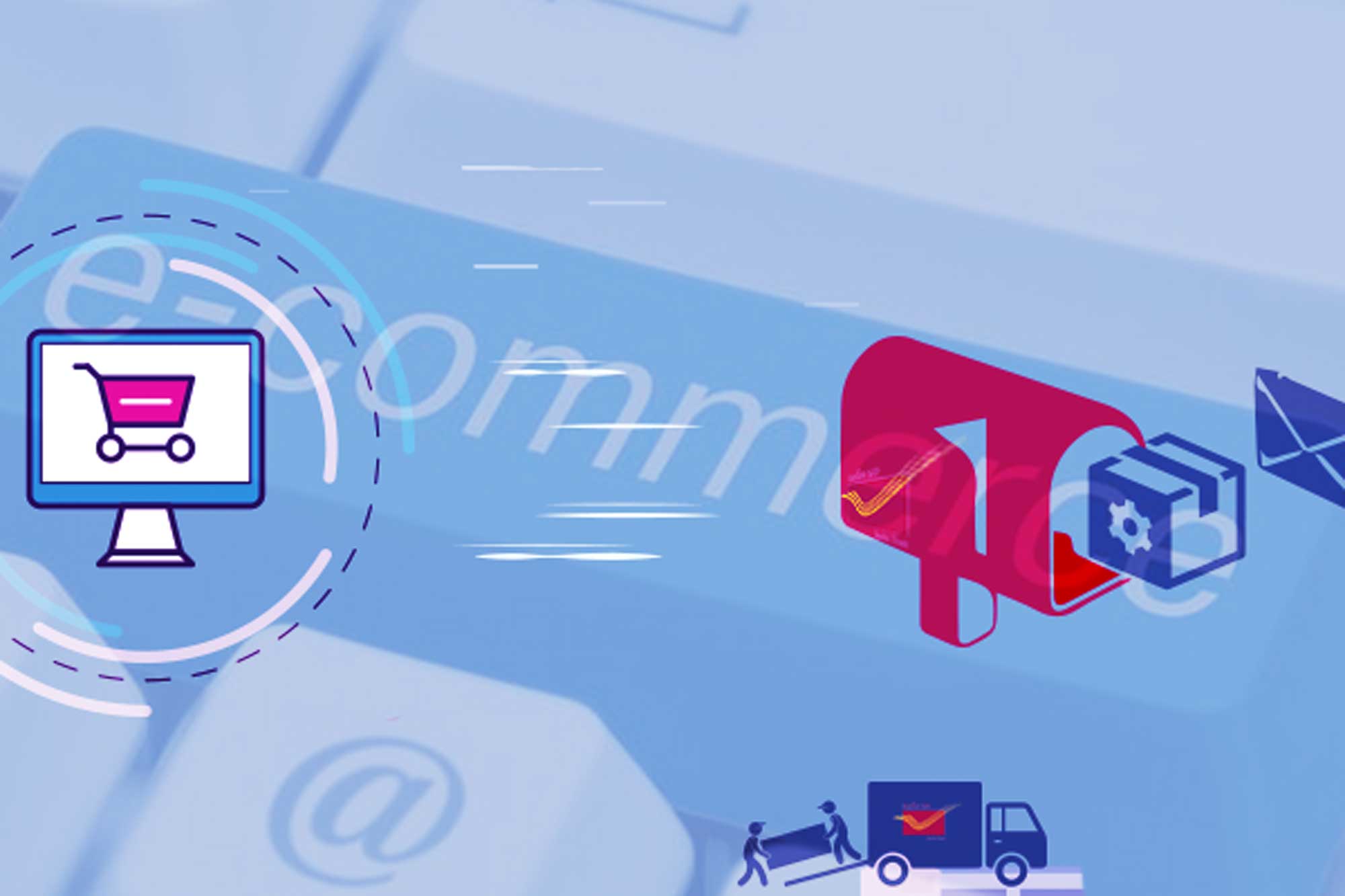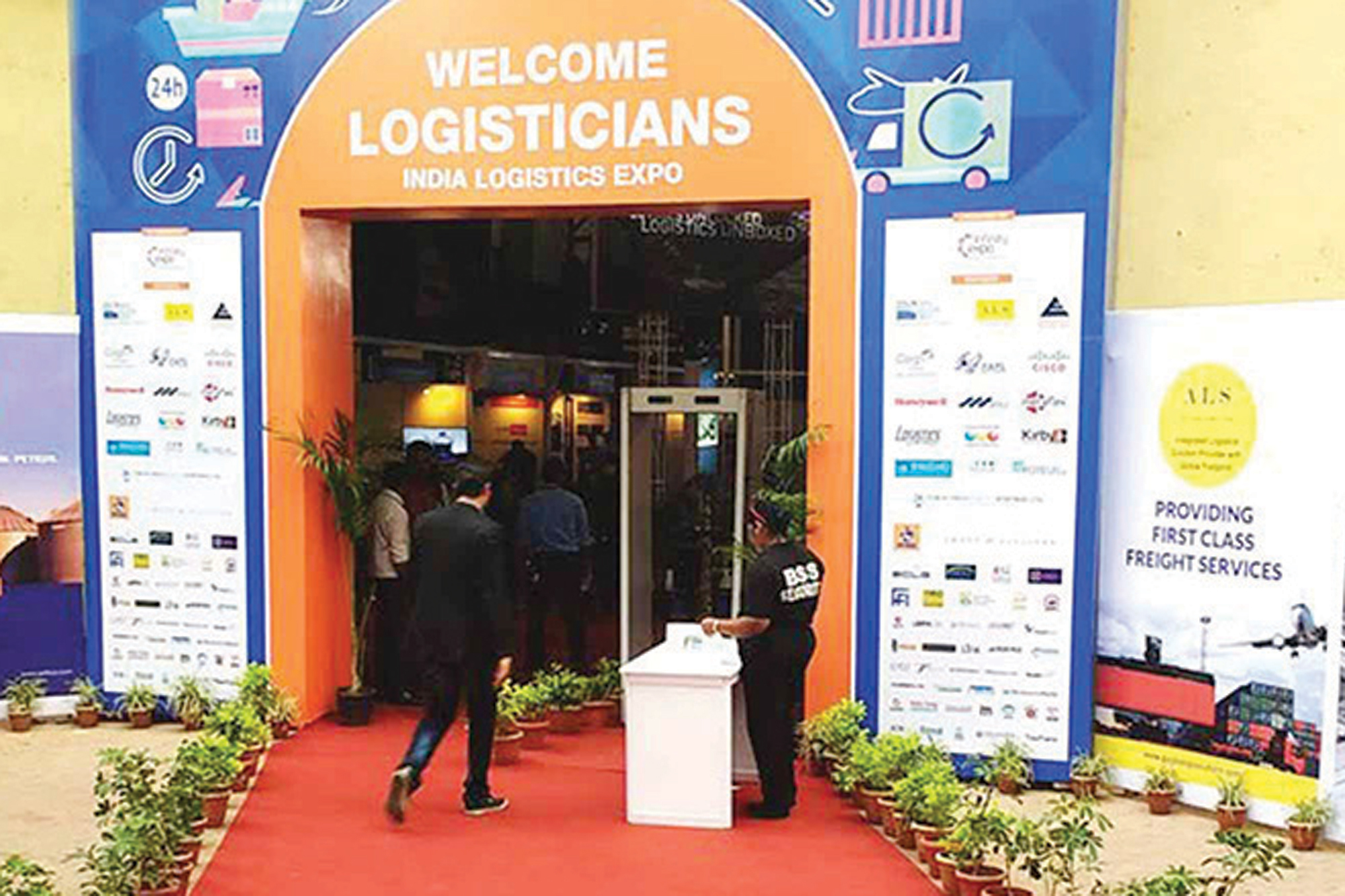E-Commerce: The Game Changer for Logistics
By Edit Team | May 18, 2016 11:57 am SHARE

Industry experts explain how e-commerce is changing the dynamics of logistics industry
Thanks to the growth of Internet, e-commerce is becoming increasingly important across the world. According to a study report, the business-to-business (B2B) segment of the e-commerce industry in India is set to grow by 2.5 times to touch ` 45 lakh crore by 2020. This increased opportunities will put pressure on the logistics support. In order to enhance access to e-commerce markets logistics players are strengthening their capacities and networks. Even online retail giants are expanding their logistics reach to cut costs for their business and provide third-party logistics services to other industries.
According to an ASSOCHAM-Resurgent India joint study, India can save up to $50 billion if logistics costs are brought down from 14 per cent to nine per cent of country’s gross domestic product (GDP) thereby making domestic goods more competitive in global markets.
“With expected inflow of new investments owing to government’s thrust on promoting domestic manufacturing sector, India’s cargo and logistics industry is likely to clock a compounded annual growth rate of about 16 per cent during the course of next few years,” noted the study.
“The ‘Make in India,’ campaign will see investments connect India to global production networks that would generate new business for logistics in the country thereby making it an attractive location to do business as compared to other regions in the world,” it said.
“Growth in logistics sector would imply improved service delivery and customer satisfaction thereby leading to growth in exports of Indian goods and potential to create job opportunities,” the study said further.
E-commerce drives significant investment and value for the Indian logistics sector and has emerged as an important segment in this spectrum. The industry has been witnessing a rapid scale-up in service orientation, surge in demand of warehouses and expert warehouse service providers, and complexity with an ever-increasing emphasis on service levels, increased penetration in tier-II and tier-III cities, surged Cash on Delivery (COD) services, geographic penetration and supply chain security requirements.
“To enhance access to e-commerce markets, retailers are moving ahead to meet the customer expectations with options of ordering from anywhere, delivery to anywhere, and at any time of the day or night. Logistics providers need to strengthen their capabilities and networks with these emerging trends when the end customer is having the visibility of shipment right from the ordering point on his mobile phone. Another challenge is with the adoption of COD (Cash-on-Delivery) wherein the delivery boy is now required to also handle Cash, something which was never there before,” affirms Seshnath Chauhan, Director – Global Sourcing (SCM), Dr. Reddy’s Laboratories Ltd.
The boom in the Indian e-commerce sector could be attributed to the enhanced use of technology, which has helped improve e-commerce in areas across the supply chain, inventory management, improved customer experience and loss prevention. From an increased usage of mobiles and tablets, the availability of COD services, superior technology platforms, inventory tracking and automated fulfilment centres, etc. have all been driving growth in this sector.
The growth of e-commerce retail has led to the development of logistics. Logistics companies have further extended their network from metros and large cities to cater to smaller cities and speed up their delivery cycle. “3PLs have forayed into fulfilment and deliveries for the e-commerce retail sector. LSPs have an advantage due to their established network, along with their experience and expertise in providing warehousing and logistics services pan-India. This is primarily been due to better service, investment in technology infrastructure, wider range of product offerings, competitive pricing. E-Commerce companies are moving to a managed marketplace model and have started expanding fulfilment centre and warehouses across multiple locations to accommodate faster ground delivery and better customer service,” says Bipin Kulkarni, VP – Sales, Spear Logistics Pvt Ltd.
The success of the e-commerce retail business is dependent on the speed of the supply chain. 3PLs are moving towards dedicated returns management centres which carry out quality checks, relabeling and handover of cargo for return to warehouses of sellers or e-commerce retailers. The future is expected to witness investment in technology by e-commerce retailers and 3PLs for their reverse logistics supply chain.
“The e-commerce sector has moved towards Card Swipe on Delivery (CSoD) and Point of Sale (PoS) machines for payments at the customers’ end. Transactions on CSoD are expected to increase due to a higher average selling price of products. This could help in ease of cash management required in case of COD orders and help to drive growth in the sector,” says Pradeep Shukla, CEO and Director, Primo Integrated Services Pvt Ltd.
Logistic service providers in e-commerce retail industry are coming up with innovative logistic models such as outsourcing last mile deliveries to hyper local e-commerce logistic service providers. There is also an increasing trend of e-commerce retailers managing special services such as time-bound deliveries, card swipe at delivery and other value-added services in-house, while outsourcing the standard deliveries to 3PLs. However, with the growing demand from customers and the need to attain a competitive advantage, specialised services might increase in the near future and thereby, result in outsourcing these services to 3PLs as well.
“The sector is expected to witness increased penetration in tier-I and tier-II cities. More than 50 per cent of e-commerce shipments are destined for cities/towns outside the regular metropolis; with focused local campaigns being undertaken to increase buyers and sellers from smaller cities. The share of COD transactions by volume currently is between 60 – 70 per cent, but the volume is expected to increase in the future. A growing trend towards the marketplace model has also prompted e-commerce retailers to open fulfilment centres near the sellers, with fulfilment centres in tier-I cities. This has led to outsourcing of fulfilment centres to 3PLs who have better presence at these locations,” states Sumit Chakraborty, Vice President – Supply Chain, Primo Integrated Services Pvt Ltd.
In terms of mode of transport, air transport has traditionally been the preferred mode for long distance movements. However, it increases the logistics cost per unit. With the prevalence of the marketplace model, long distance movements are expected to reduce, thereby leading to express surface movements becoming the preferred choice of transport.
The sector is also expected to witness increased focus on returns management. Some 3PLs operate dedicated returns management centres for end-to-end returns management, including a quality check, relabeling and handover of the cargo for return to the warehouses of sellers or e-commerce retailers. The sector is thus expected to witness consolidation for better services and profits.
Shukla adds, “The e-commerce retail sector is also witnessing new kinds of services such as slotted deliveries and evening and morning deliveries to increase customer satisfaction. This is expected to add more responsibility on 3PLs and hence, they need to step-up their capabilities to provide customers a better service experience.”
E-commerce logistic service providers are keeping pace with the changing needs of the business, whether launch of value added services to match growing customer expectations or expanding reach into the semi-urban and rural areas to enable new customer acquisition. In a nutshell, logistic service providers are becoming more flexible as per the demands from the customers.
Risks and challenges
Chakraborty outlines few risks and challenges of e-commerce logistics as:
• Non-compliance with agreements – cash collection, reconciliation, on-time delivery
• Selection of a cost effective and efficient third party logistics vendor to select pin codes
• Challenges associated with route planning and consolidation of shipments
• Vendor payments based on shipment – returns, replacement and refunds
• Incorrect or delays in processing of customer refunds (online and COD)
• Replacements or refunds processed to customers without a receipt of goods and adequate quality checks
• Absence of a robust process to monitor compensation provided to customers
• Non-monitoring of customers with significant number of returns.
While the e-commerce logistics sector is expanding at a rapid level, it might be difficult to scale the logistics infrastructure and capabilities at a corresponding pace; thus leading to an increase in outsourcing as opposed to building in-house services. More investments are needed to create logistics infrastructure and get better transportation vehicles and hire more manpower.
“Overall, booming e-commerce logistics is good news for logistics players especially warehousing service providers and last mile delivery companies,” concludes Kulkarni.
Cookie Consent
We use cookies to personalize your experience. By continuing to visit this website you agree to our Terms & Conditions, Privacy Policy and Cookie Policy.


































































